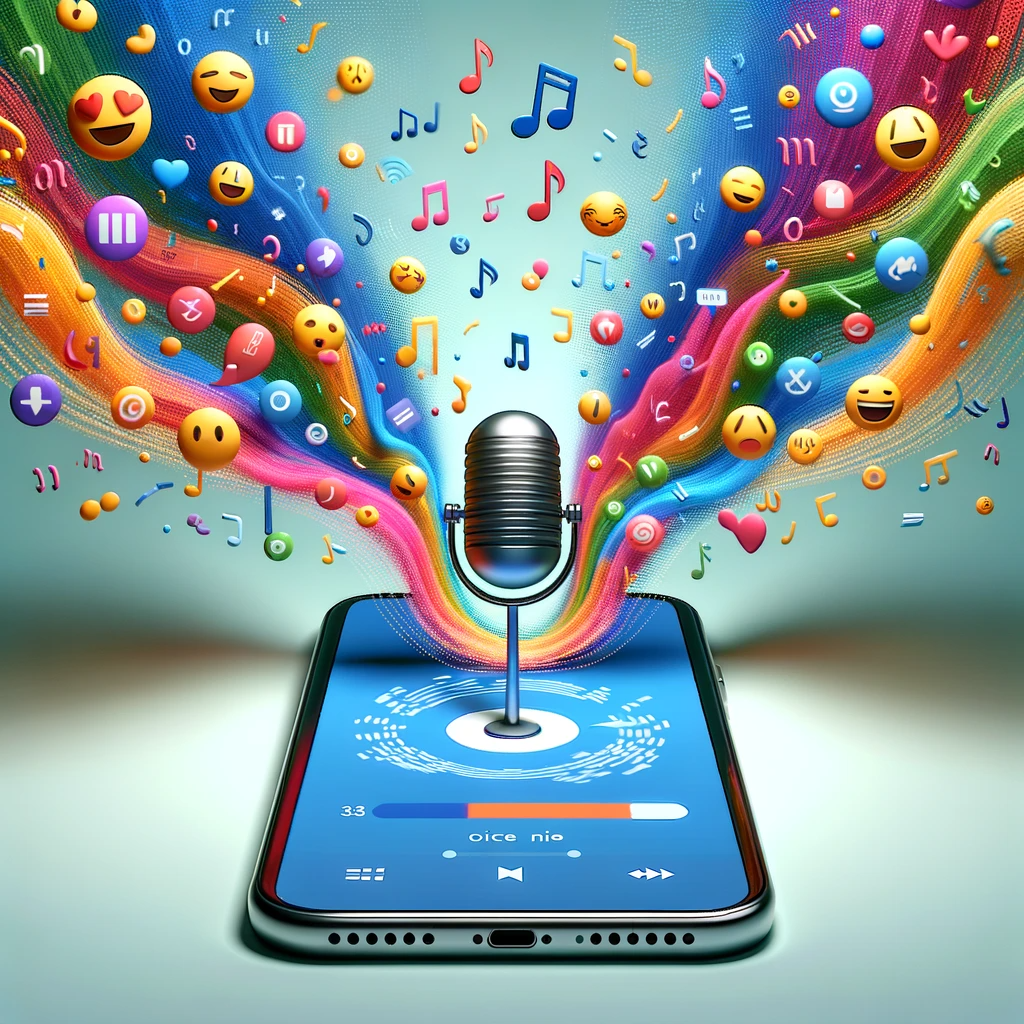Overcoming Challenges with Voice-to-Text Transcription and Emoji Sentiment Analysis
In the evolving landscape of business communication, Sound Branch stands out as a pioneering app that effectively addresses the inherent challenges of voice messaging. By integrating advanced voice-to-text transcription and emoji sentiment analysis, Sound Branch transforms the way businesses communicate, ensuring efficiency, clarity, and engagement. Let’s delve into how this innovative app overcomes traditional hurdles.
Overcoming Time Inefficiency with Accurate Transcription
One of the major drawbacks of voice notes is the time it takes to listen to them. Sound Branch revolutionizes this process with its state-of-the-art voice-to-text transcription. This feature allows users to quickly read through the content, significantly reducing the time spent on listening to long voice messages. It’s a game-changer for busy professionals who need to process information rapidly.
Enhancing Searchability and Record Keeping
The challenge of searching through voice notes is elegantly solved by Sound Branch’s transcription feature. Once a voice message is converted to text, users can effortlessly search for keywords, making it easier to locate specific information. This capability is not just convenient but also vital for maintaining digital records and adhering to compliance requirements.
Ensuring Accessibility and Clarity
Sound Branch recognizes the importance of inclusivity in business communication. The transcription feature makes content accessible to those with hearing impairments or non-native speakers who might find written text easier to understand than spoken language. Moreover, the potential for misinterpretation due to lack of visual cues is significantly reduced, as the written text provides a clear and unambiguous record of the communication.
Embracing Emotional Intelligence with Emoji Sentiment Analysis
In a novel approach to capturing the emotional tone of voice messages, Sound Branch incorporates emoji sentiment analysis. This feature analyzes the tone of the voice note and suggests emojis that reflect the sentiment conveyed. This innovative approach not only adds an element of fun and engagement but also aids in better understanding the emotional context of the message, reducing the chances of misinterpretation.
Reducing Intrusiveness and Promoting Flexibility
The transcription feature allows users to engage with messages at their convenience, without the pressure to respond immediately. This flexibility is essential in today’s fast-paced business environment, where respecting personal time and space is paramount.
Managing Data and Storage Efficiently
By converting voice notes to text, Sound Branch ensures that communication is data-efficient, addressing concerns about storage space and data usage. This feature is particularly beneficial for businesses operating with limited digital resources.
The Future of Business Communication
Sound Branch is not just overcoming the challenges of voice-based communication; it is setting a new standard. By harnessing the power of voice-to-text transcription and emoji sentiment analysis, it offers a comprehensive, efficient, and engaging communication tool. Whether for internal team collaboration or client interactions, Sound Branch is poised to be an indispensable asset in the digital communication toolbox of modern businesses.
Join the revolution in business communication with Sound Branch, where efficiency meets engagement, and every voice is heard clearly and comprehensively.
